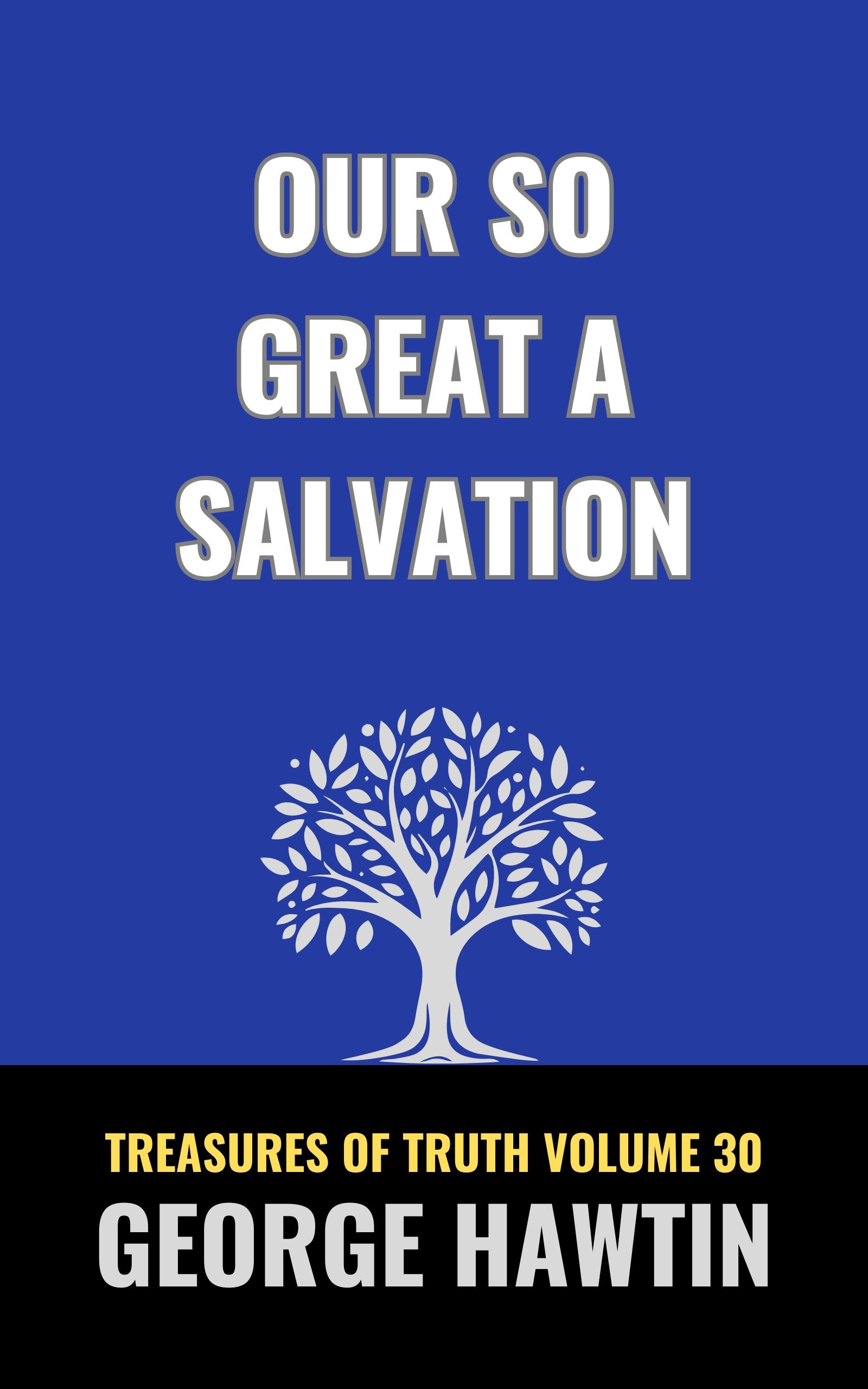
Our So Great Salvation
In a world filled with uncertainty, Our So Great Salvation invites you on a transformative journey through the profound truths found in the Book of Hebrews. This compelling exploration reveals the awe-inspiring tapestry of God’s eternal plan for humanity, illuminating the path to understanding His boundless love and grace.
Who Should Read Our So Great Salvation?
Through emotional storytelling and insightful reflections, Our So Great Salvation uncovers the rich relationship between man and the divine, encouraging readers of all ages—young adults, families, and seekers—to embrace the powerful message of salvation. Each chapter serves as a heartfelt reminder of the hope and redemption available to all, urging you to dig deeper into your faith and discover the life-changing implications of God’s promises.
Why Our So Great Salvation is Relevant Today
Join the countless souls who have found strength and inspiration in these timeless truths. Whether you’re wrestling with doubt or seeking to deepen your spiritual journey, Our So Great Salvation offers a truthful, uplifting guide to experiencing the fullness of God’s love. Open your heart and let the revelation of His grace transform your life today!
Our So Great Salvation Excerpt: This little book is not intended to be an exhaustive study of the Epistle to the Hebrews, but only an attempt to glean some of the fathomless truth contained in four of its chapters: Chapters 1, 2, 3, and 11. An exhaustive study of that which is totally inexhaustible is an impossibility. Could we put the ocean into a teacup, then might we hope to exhaust God’s word. If we can but unlock the door to this vast treasure house of our Father’s illimitable supply, we will not have entirely failed. When the apostle states that the Lord Jesus Christ is the brightness of God’s glory and the express image of His person, how may mortal man, whose eyes have never beheld such brightness or such express image, describe or comprehend Him?
Our So Great Salvation Continued…
The noble and inspired attempts of Ezekiel to portray the vision he saw in chapter one of his book, or of Isaiah in chapter six of his book, or of Daniel in chapter seven of his, leave them as well as us awe struck and amazed, despairing the inability of earthly similarities to explain the majesty of celestial revelation. Simon Peter, with his friends James and John, did not attempt to relate the story of the transfiguration, that left them as dead men. The story is told by Matthew, a man who was not actually on the scene when it happened. Nor could John explain the effulgent glory of the revelation of the fullness of Christ, which he saw in his Patmos vision, except by the use of earthly similarities. In the light of these sublime and heavenly revelations we may for the present find it necessary to follow the example of Paul, who, after being caught up into the third heaven, declared, “I saw unspeakable things that are unlawful for a man to utter.” Surely the dullest mind should be able to understand that that which is indescribable cannot be described and that which is unspeakable cannot be spoken.
Our So Great Salvation
About the author

George Hawtin
George Hawtin would write and publish a series of 32 books on various vital subjects dealing with deep Biblical truths. Many of these books first appeared as articles in his monthly publication called, “The Page” from the 1960’ to the...
Read MoreOther Books By - George Hawtin
Back

 The Lord is My Shepherd
The Lord is My Shepherd  Prayer Preparation and Patience
Prayer Preparation and Patience 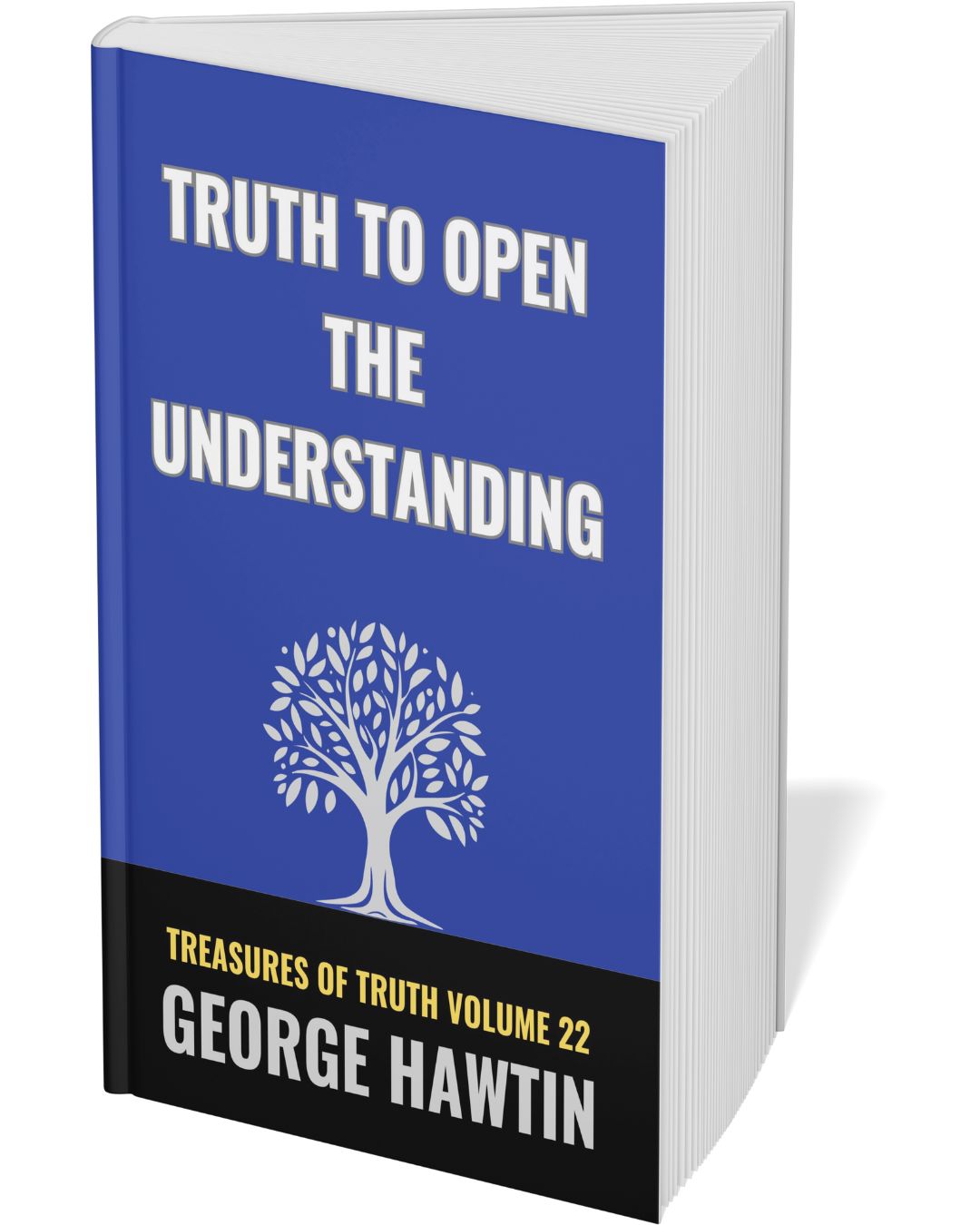 Truth to Open the Understanding
Truth to Open the Understanding  Think on These Things
Think on These Things 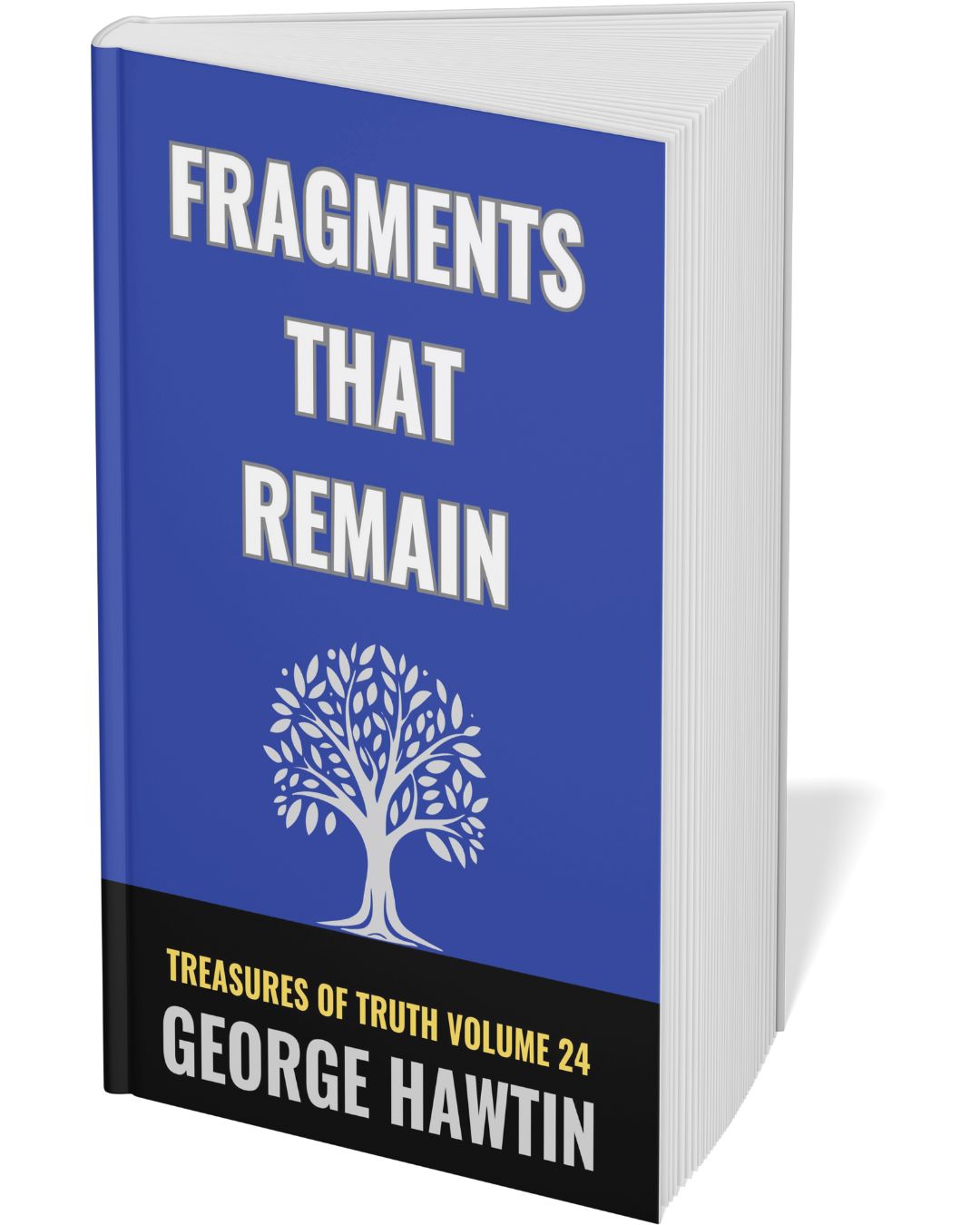 Fragments That Remain
Fragments That Remain  Two Realms
Two Realms  The Holy Spirit
The Holy Spirit  The Abrahamic Covenant
The Abrahamic Covenant 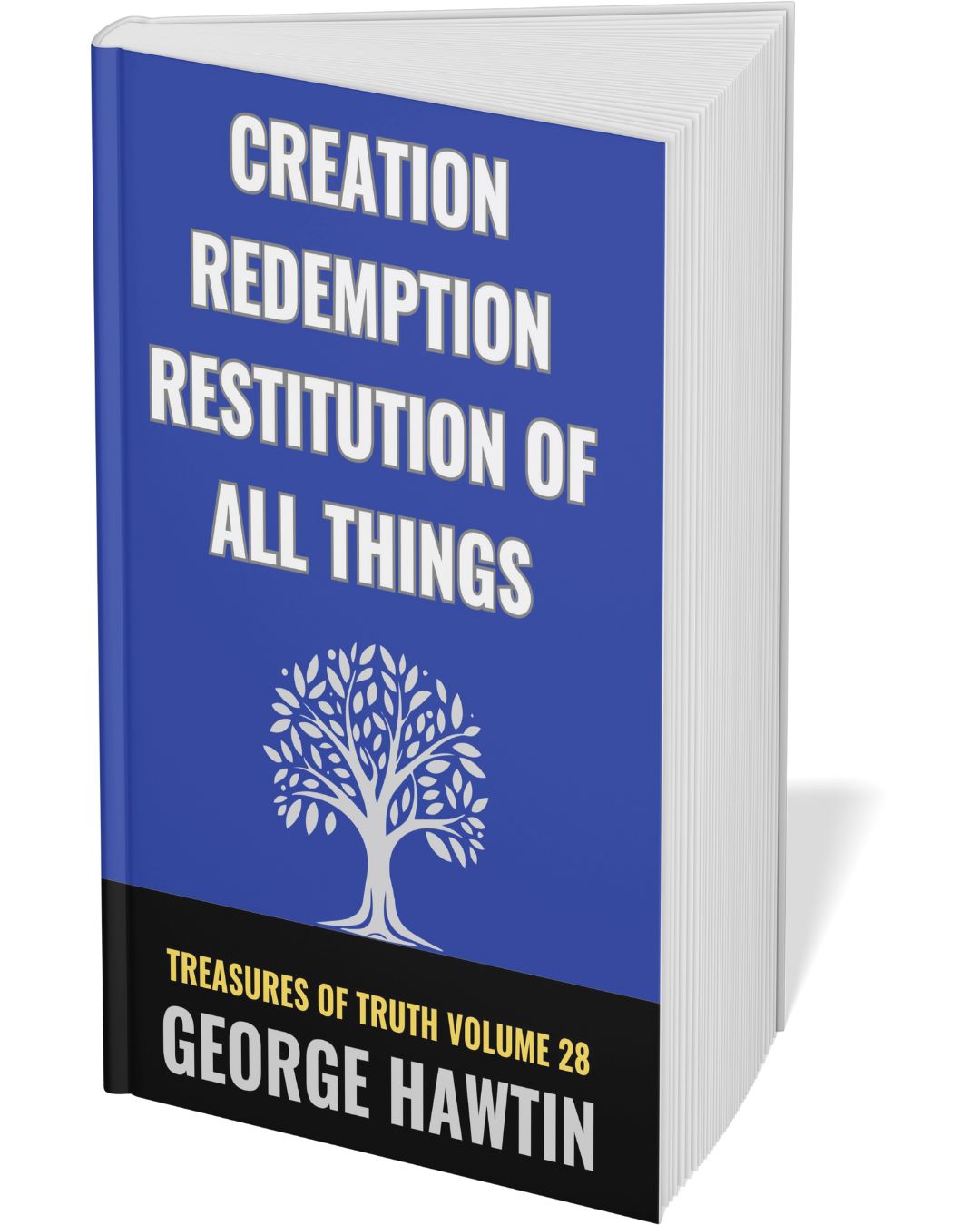 Creation Redemption and the Restitution of all Things
Creation Redemption and the Restitution of all Things 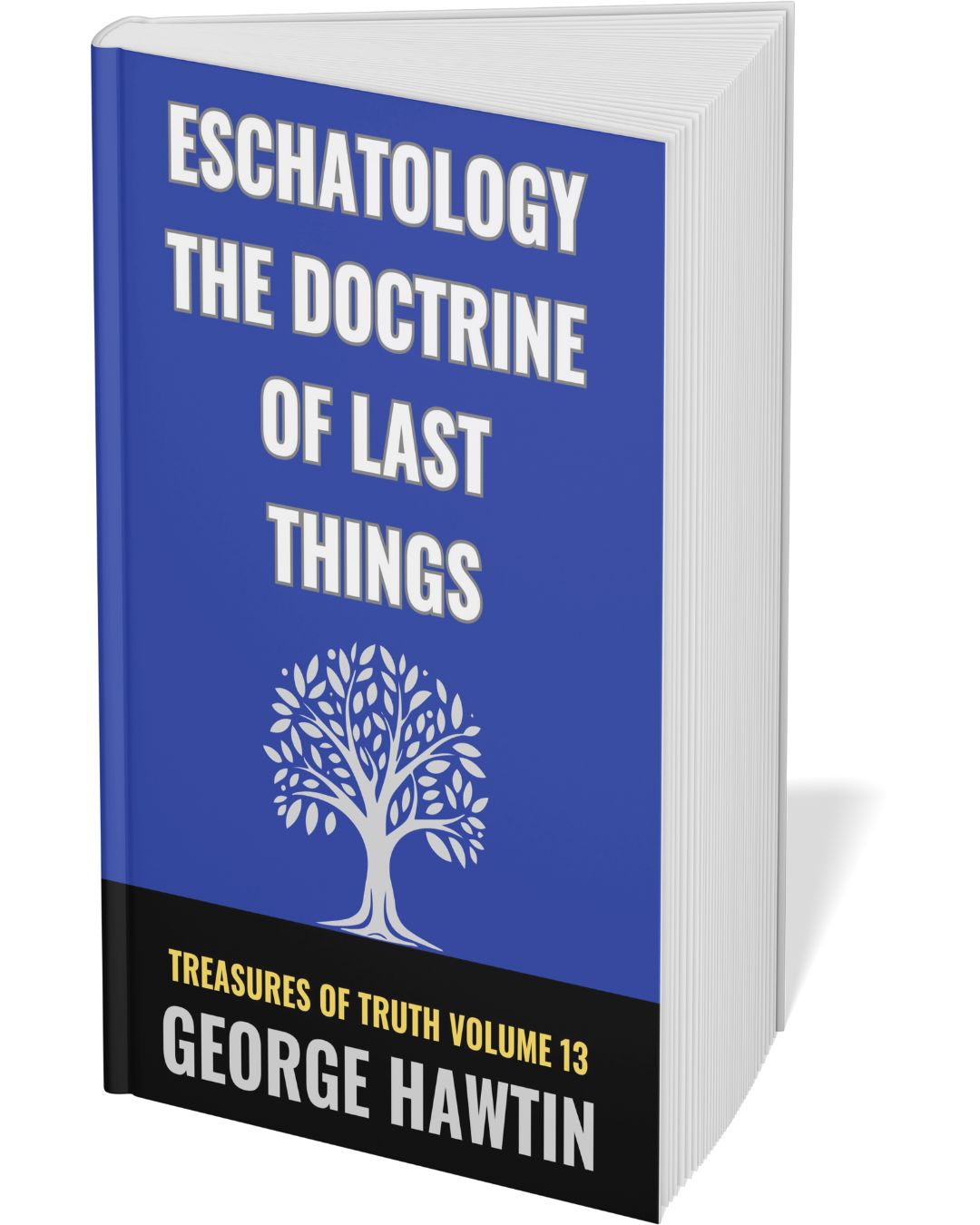 Eschatology The Doctrine of Last Things
Eschatology The Doctrine of Last Things